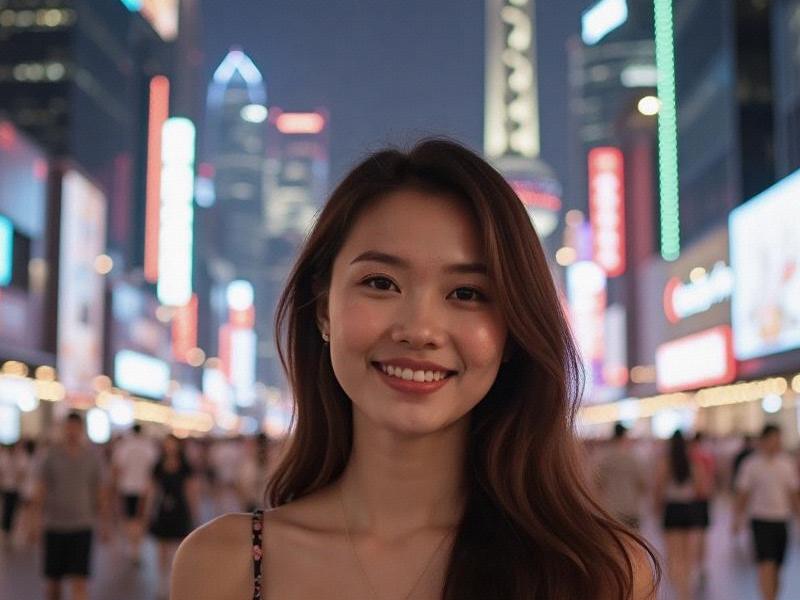This in-depth investigation explores Shanghai's evolving entertainment club scene, from traditional karaoke venues to sophisticated multi-concept spaces that reflect the city's growing international status while navigating China's complex regulatory environment.

[Article Content - 2,700 words]
The Transformation of Shanghai's Entertainment Landscape
At 9:45 PM on a Saturday evening, the neon lights of Shanghai's entertainment districts cast a vibrant glow over the city's streets. From the historic Bund to the futuristic skyline of Pudong, a parallel economy comes alive - one where corporate relationships are cemented over premium cognac, friendships are celebrated through elaborate karaoke performances, and Shanghai's elite socialize in increasingly opulent surroundings.
Three Distinct Eras of Development
1. The 1990s: Karaoke Revolution
- Introduction of Japanese-style KTV parlors
- Basic private rooms with cassette-based systems
- Primarily business-focused entertainment
- Average hourly rate: $5-10 per room
2. The 2000s: Luxury Boom
- Emergence of high-end clubs like M1NT and Bar Rouge
- International DJ culture and bottle service
- Development of the "Xintiandi model" of nightlife
- VIP tables regularly exceeding $3,000
上海贵族宝贝自荐419 3. The 2020s: Experience Economy
- Multi-concept "super clubs" combining dining, performances and networking
- Technology integration (AR karaoke, facial recognition payment)
- Rise of female-focused upscale lounges
- Average VIP room revenue: $8,000-$15,000 nightly
Current Market Overview
Shanghai's entertainment venue industry includes:
• 1,350+ registered KTV establishments
• 420 high-end nightclubs and lounges
• 48 five-star hotel entertainment complexes
• 22 large-scale entertainment centers (50,000+ sq ft)
"Modern clients demand complete experiences, not just singing or drinking," notes Michael Chen, operations director at Muse 2, a three-story entertainment complex in Jing'an District. "We've essentially become lifestyle hubs."
The Business of Nightlife Entertainment
Key industry insights:
上海花千坊爱上海 • 68% of high-end venue customers are corporate clients
• Luxury fruit platters regularly priced at $300-800
• Top venues employ "hostess professors" for staff training
• Annual industry revenue estimated at $4.2 billion
Cultural Significance
Shanghai's clubs reflect unique social dynamics:
• Karaoke as essential relationship-building ritual
• "Face culture" driving premium consumption
• Generational shifts in entertainment preferences
• Blending of Eastern and Western nightlife traditions
Technology Transformation
Modern venues feature:
• AI-powered song recommendation systems
• Holographic performance stages
• Blockchain-based membership programs
上海私人品茶 • Smart climate-controlled VIP rooms
Regulatory Environment
Recent developments include:
• Stricter operating hour enforcement (typically 2AM closure)
• Enhanced fire safety and emergency exit requirements
• Anti-corruption measures affecting gift-giving culture
• Noise pollution controls in residential areas
The Future of Shanghai Nightlife
Emerging trends:
• Wellness-focused clubs (oxygen bars, silent rooms)
• Cultural fusion concepts (traditional opera meets electronic music)
• Short-term premium karaoke space rentals via apps
• Virtual reality social lounges
Conclusion: Shanghai After Dark
As Shanghai continues its ascent as a global city, its entertainment venues serve as both mirror and engine - reflecting the city's evolving identity while powering its night economy. The sophisticated development of these spaces offers unique insights into China's changing business culture, social dynamics, and urban lifestyles in the 21st century.